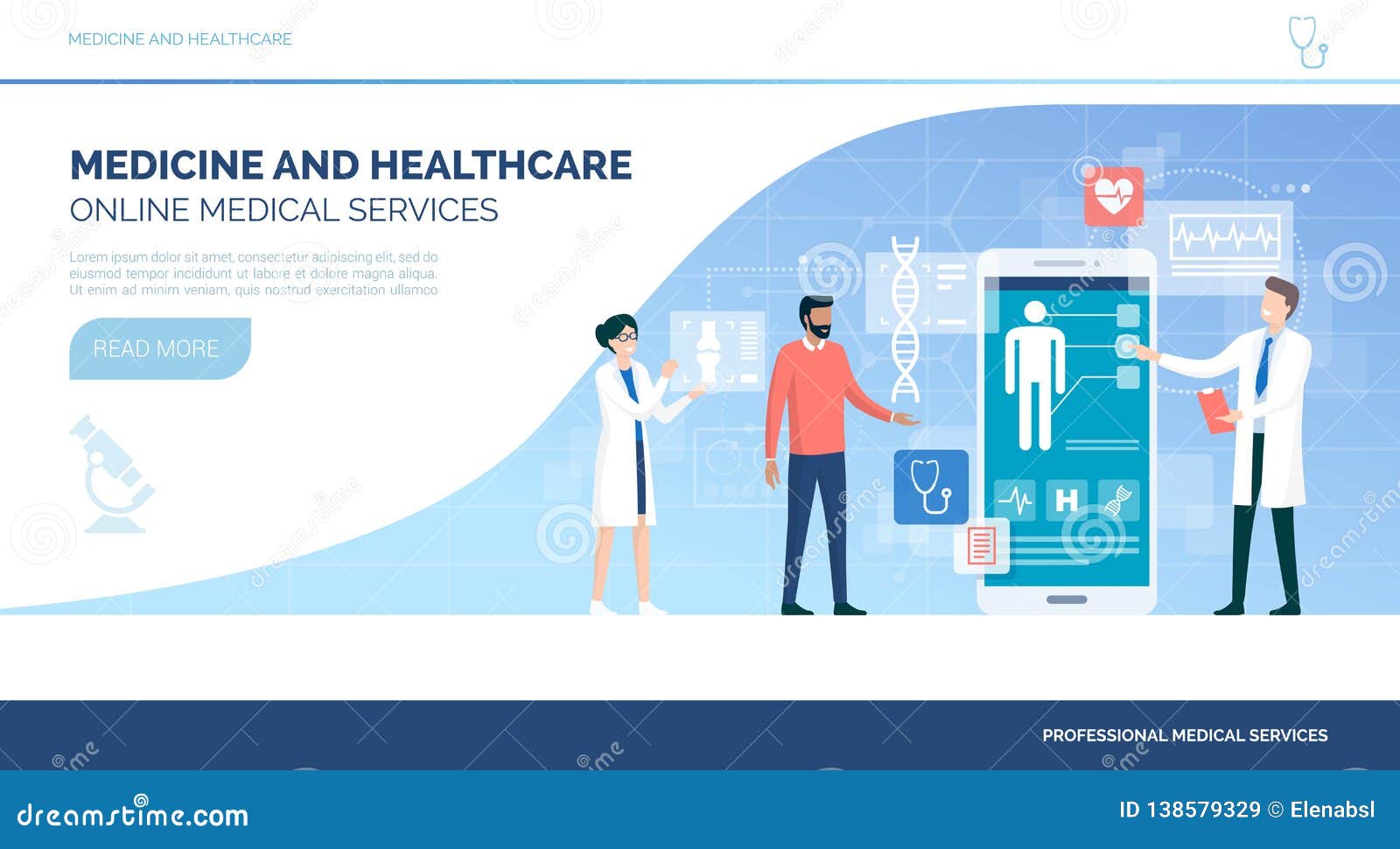Subscription Based Healthcare: Transforming the Way We Think About Health
Subscription Based Healthcare: Transforming the Way We Think About Health
Blog Article
Comprehending the Cost-Effectiveness of Subscription-Based Medical Care Models
As the healthcare landscape evolves, subscription-based models emerge as a compelling alternative, promising to redefine just how people take care of clinical costs. Examining these designs' cost-effectiveness requires a nuanced comparison with traditional insurance, considering both economic effects and individual fulfillment.
Introduction of Subscription-Based Designs
Subscription-based healthcare models, occasionally described as direct health care or attendant medicine, are increasingly obtaining interest as a potential solution to inadequacies within typical medical care systems. These models operate the principle of offering clients direct accessibility to doctor via a annual or regular monthly charge, bypassing the demand for traditional insurance coverage systems. This plan intends to simplify patient-provider communications by reducing management problems, which usually impede customized and timely care.
At the core of subscription-based designs is the emphasis on a much more customized client experience. Individuals gain from boosted accessibility to their doctors, often consisting of next-day or same-day consultations, prolonged examination times, and straight communication networks such as phone or video telephone calls. This design fosters a positive technique to health care, where carriers and patients can collaboratively concentrate on preventative care and chronic disease monitoring.

Price Comparison With Conventional Insurance Policy

One of the primary economic advantages of subscription designs is transparency in costs. Conversely, standard insurance coverage may be a lot more beneficial for individuals calling for specialized treatment or costly treatments not covered under a membership model, as they benefit from the wider coverage network and cost-sharing mechanisms.
However, cost-effectiveness is context-dependent. While membership designs could provide financial savings for those largely requiring health care, people with persistent problems or specialized healthcare needs could find standard insurance a lot more thorough. Examining details healthcare demands and potential use is critical in determining the most cost-effective alternative for individuals.
Influence On Client Complete Satisfaction
Person satisfaction within subscription-based medical care designs usually mirrors a considerable enhancement over standard insurance systems. This enhancement is largely associated to the individualized treatment and accessibility these designs use. People regularly report higher complete satisfaction due to minimized wait times and the ease of organizing consultations. Unlike standard systems, where clients could experience delays in receiving treatment, subscription-based versions ensure more timely and straight communications with healthcare companies.
Furthermore, the transparency in prices connected with subscription-based health care reduces the typical disappointments connected to unexpected costs and complicated invoicing processes seen in conventional insurance (subscription based healthcare). Clients appreciate recognizing the specific financial dedication upfront, resulting in see page increased trust and self-confidence in their health care monitoring
Additionally, the focus on precautionary treatment and health in registration designs adds to enhanced wellness results, better boosting patient contentment. By focusing on recurring wellness upkeep as opposed to episodic care, patients experience a more alternative and constant healthcare trip.
In addition, the boosted provider-patient relationship promoted in these versions, defined by even more time invested per patient and individualized focus, plays an important function in raising individual contentment degrees, as patients feel truly cared for and understood.
copyright Experiences and viewpoints
From the company's perspective, subscription-based healthcare designs offer a transformative method to providing clinical services. These models stress a aggressive and preventative medical care method, permitting service providers to concentrate on comprehensive client treatment without the restraints of typical fee-for-service setups (subscription based healthcare). This shift in emphasis typically causes boosted client end results and raised copyright fulfillment, as healthcare specialists can allocate more time and sources to client engagement and personalized care strategies
Moreover, membership versions promote predictable earnings streams, which boost monetary security for you can find out more medical care suppliers. This predictability enables improved source preparation and allotment, adding to a more efficient medical care shipment system. Providers can purchase personnel facilities, training, and modern technology enhancements, thereby improving the quality of treatment offered.
However, the change to subscription-based models is not without obstacles. Service providers have to adapt to brand-new functional frameworks, which can entail significant modifications in billing methods and patient administration systems. In addition, there is a fundamental requirement for durable data administration to track person outcomes and guarantee top quality care. In spite of these difficulties, many suppliers locate that the benefits of enhanced individual communication and streamlined operations exceed the first challenges, making subscription-based designs an eye-catching alternative.
Future Potential Customers and Difficulties

A key difficulty is regulative compliance, as registration designs must follow progressing healthcare plans and insurance coverage requirements. This demands constant adaptation and advancement to guarantee placement with legal standards. In addition, incorporating these models right into existing healthcare frameworks can be complicated, calling for substantial financial investments in technology and training.
There is additionally the potential threat of creating injustices in healthcare gain access to, as subscription designs could favor those that can afford them, leaving susceptible populaces underserved. Addressing this needs thoughtful consideration of pricing methods and aid systems to make certain inclusivity.
Conclusion
Subscription-based health care designs provide a feasible choice to typical insurance policy by supplying economic predictability and openness, specifically profiting people with chronic conditions or frequent healthcare needs. The cost-effectiveness of these models is contingent upon individual medical care use patterns and conditions.
Subscription-based medical care designs, often referred to as direct primary care or concierge medication, are significantly obtaining interest as a prospective service to inefficiencies within traditional medical care systems. Unlike standard systems, where individuals might experience delays in obtaining care, subscription-based models ensure even more prompt and direct interactions with healthcare carriers.
These versions highlight a proactive and preventative health care strategy, permitting suppliers to focus on thorough individual care without the restraints of standard fee-for-service setups. As these versions proceed to get grip, they use the potential to revolutionize individual access to care, simplify service distribution, and optimize medical care spending.Subscription-based medical care models provide a viable choice to conventional insurance policy by providing economic predictability and transparency, right here especially profiting individuals with persistent problems or frequent health care needs.
Report this page